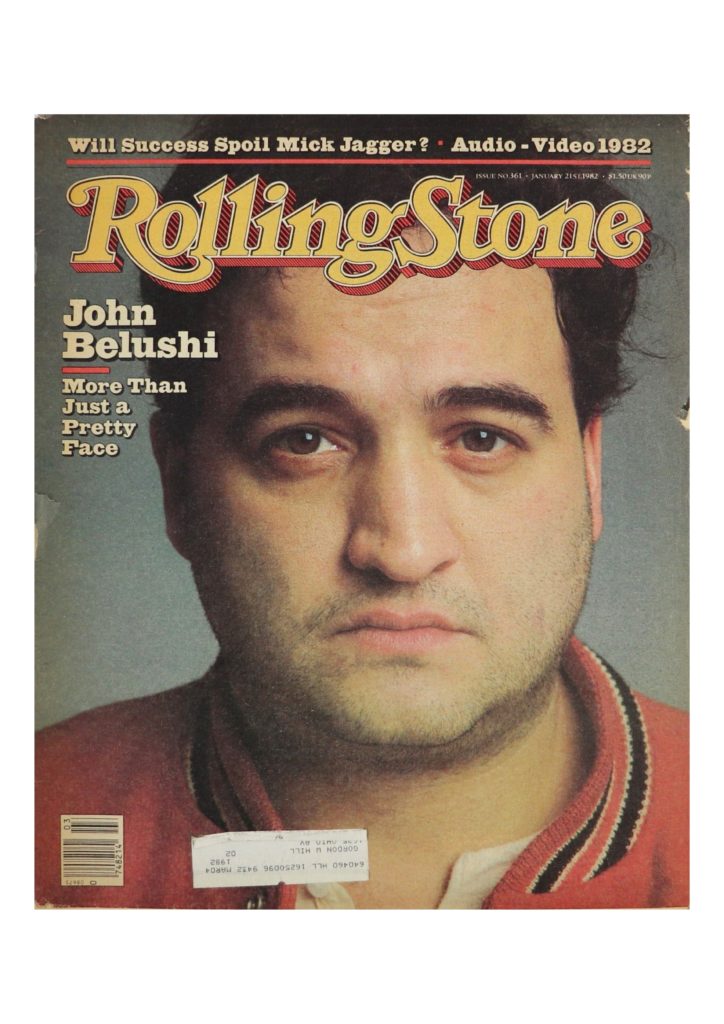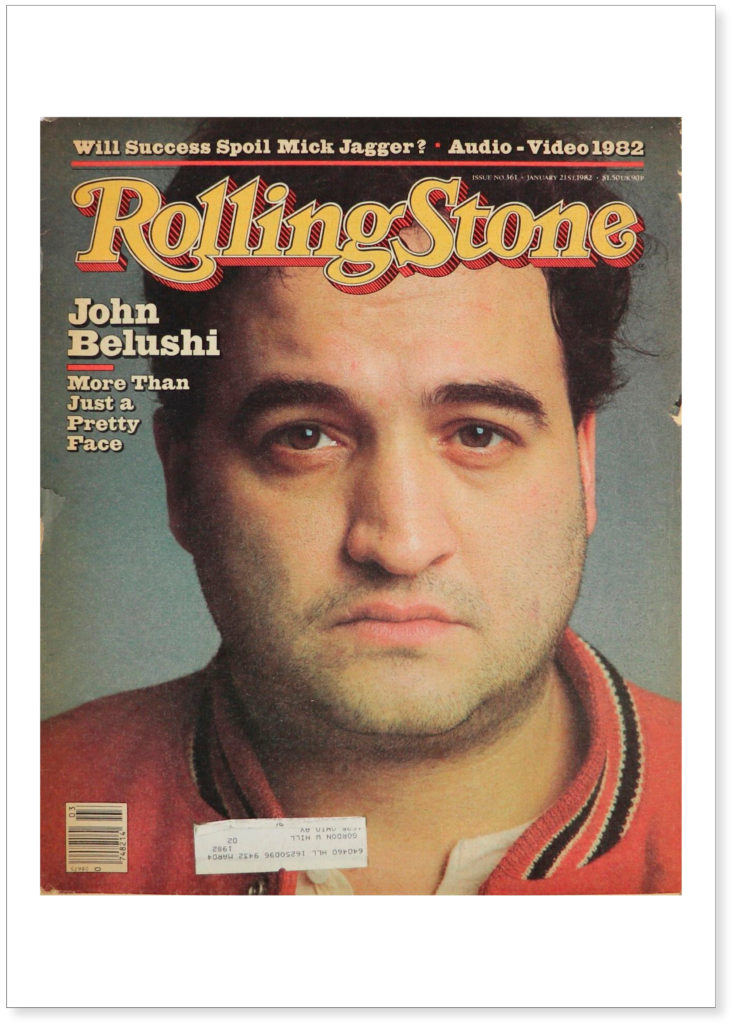There is no “Project of Fun.” There are no kick-off meetings, schedules, deliverables, milestones or deadlines for fun. This is to say that the state of “sincere fun” is completely irregular, inconsistent, involuntary, spontaneous and that we lose it, as we find it, by accident. Architecture—accept it—is deliberate, intentional, precise. Architecture is a project. There […]
There is no “Project of Fun.” There are no kick-off meetings, schedules, deliverables, milestones or deadlines for fun. This is to say that the state of “sincere fun” is completely irregular, inconsistent, involuntary, spontaneous and that we lose it, as we find it, by accident.
Architecture—accept it—is deliberate, intentional, precise. Architecture is a project. There is no such thing as spontaneous architecture. Architecture is by design. Which means that practicing architecture is not, and never will be fun; which doesn’t mean the practice of architecture cannot be enjoyable. But in order to enjoy architecture, you need to want it.
Architecture is a lot of work and is a nasty affair. It has little to do with pleasure. But it can contribute to create the conditions for its experience. By others. Indeed, the architect is to architecture as the poet is to poetry. According to French poet Paul Valéry, “a poet function is not to experience the poetic state: that is a private affair. His role is to create it in others. The poet is recognised —or at least everyone recognises his own poet—by the simple fact that he causes the reader to become inspired. Positively speaking, inspiration is a graceful attribute with which the reader endows the poet. By the simple fact that he causes the reader to become inspired.”1
Poetry is made of words, not of ideas.

Cover of Rolling Stone magazine #361, January, 1982.
1. Paul Valéry, Poetry and Abstract Thought, in The Art of Poetry (trans. Denise Folliot), Princeton University Press, New Jersey 1958.
Together with Nicolà Munaretto, Guido Tesio is one of the founding partners of Milan-based architectural practice ganko. The work of the office spans different realms and scales – from urban planning to architecture up to interior design and scenography for exhibitions and events – and has been awarded in numerous competitions for both private and public projects. Among them the new auditorium of Tivoli (2nd prize), the expansion of the Museum of the Twentieth Century in Milan (2nd prize) the new workshops and laboratories of Teatro alla Scala in Milan (5th prize) and a new public square and civic centre in Bergamo (1st prize). Parallel to the professional activity, ganko is also actively involved in research, publication and education. Both partners have taught and lectured at various institutions, among them the Polytechnic University of Milan (POLIMI) , the Federal Polytechnic of Lausanne (EPFL) and the Mendrisio Academy of Architecture (USI-AAM).

